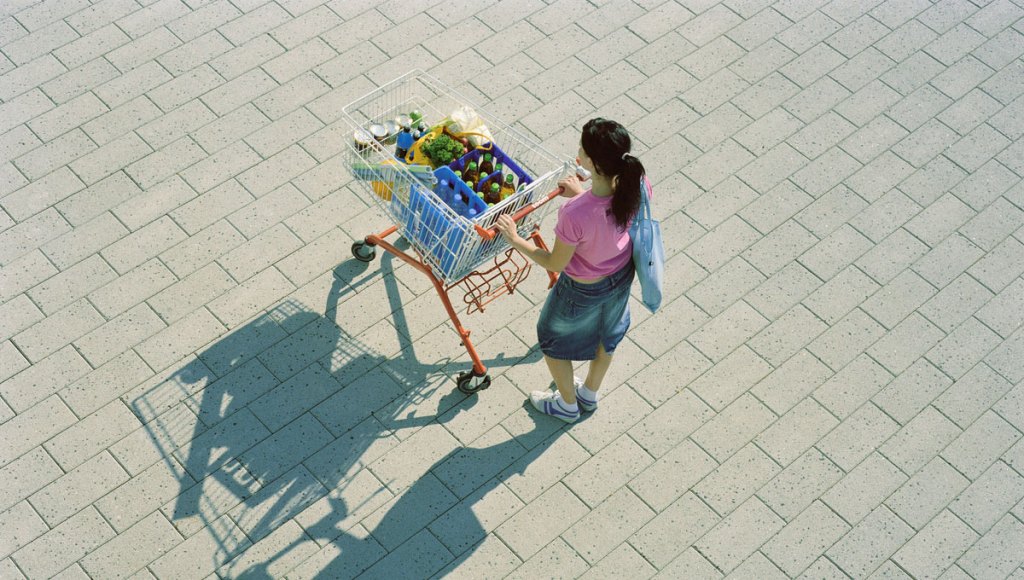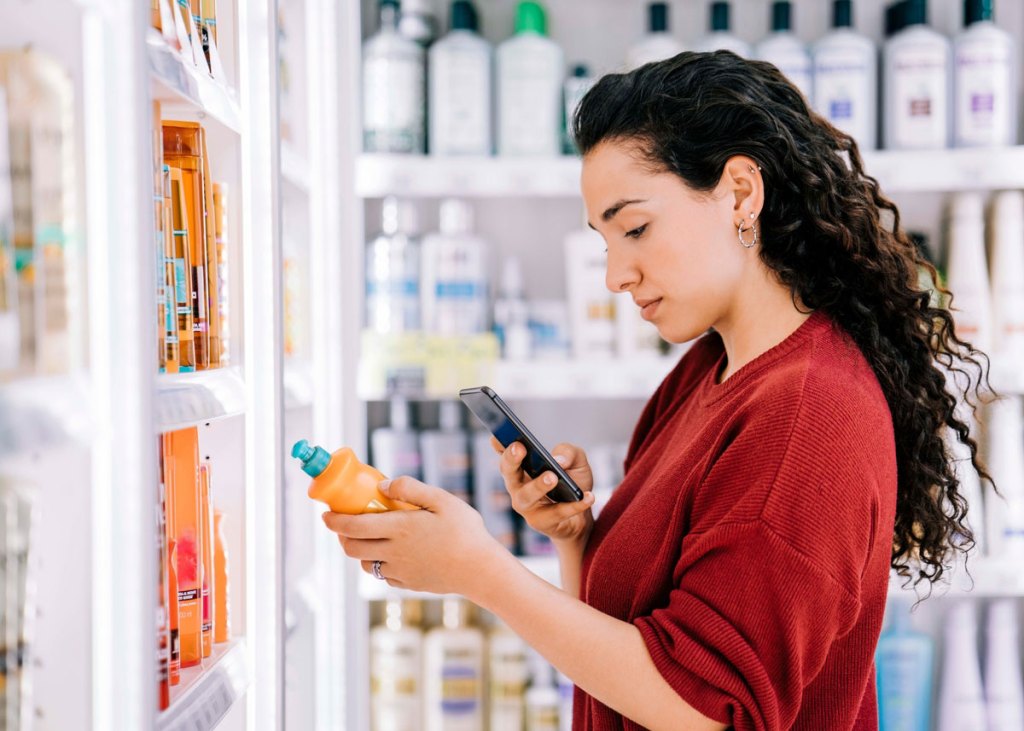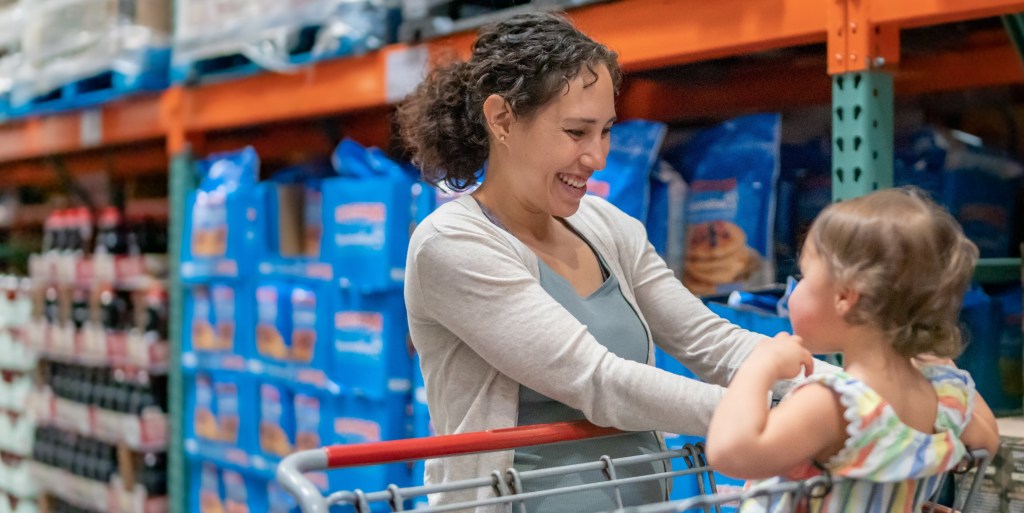How to anticipate e-commerce consumer demand
With most of the world now on lockdown in an attempt to mitigate further spread of the novel coronavirus (COVID-19), it’s not surprising to see heightened e-commerce adoption across the U.S. What is somewhat surprising, however, is that in some categories and locations, online sales have been more closely correlated with the local spread of the virus. 2
Common sense expectations of human behavior would suggest that online sales activity would rise in the areas with new and expanding cases. A NielsenIQ data investigation into hyperlocal e-commerce sales in the U.S. corroborates these expectations across certain categories, such as cleaning products, where online sales have spiked in affected areas.
Across all counties in the U.S., the investigation showed a 69% correlation between locally confirmed cases and the online purchases of cleaning products for a specific locale. Comparatively, this score was lower than it was for other categories, as the investigation also highlighted a 77% correlation between COVID-19 cases and e-commerce of the grocery category and a 78% correlation of the same variables for the diaper category.
What has driven the comparatively lower correlation between the e-commerce sales of cleaners and localized spread of COVID-19 across U.S. counties? The investigation found that online sales of household cleaners have been strong even in areas less stricken by COVID-19. This type of analysis provides two key pieces of information to aid in planning for demand: how relatively correlated the category is to the spread of the virus, and which specific areas are exceptions to the rule.
Understanding anomalies
To put these correlation values pertaining to cleaners into context, NielsenIQ looked at two counties that have been similarly affected by the virus: Harris County, Texas, and Broward County, Florida. According to reports by Johns Hopkins University, both locations had nearly 2,200 confirmed COVID-19 cases as of April 7, yet Harris County exhibited more than 2X the online purchase activity for cleaners in March. Few categories have been in as high demand as household cleaners during the outbreak, and this example serves as an early indication that distribution strategies in response to COVID-19 should align to the factors proven most likely to be driving consumer demand: whether that be the actual spread of the virus, or other factors such as the prevalence of consumers fitting a certain demographic or nationwide news events.
Ana Salamanca, SVP of Data Science for NielsenIQ North America, said despite some regional intricacies, trends built on localized measurement could be compelling. “There are certainly some local dynamics that impact sales trends in a given area, but looking at the county-level correlation between COVID-19 transmission and e-commerce purchase activity can allow companies to make more-informed business decisions during these times of uncertainty,” she said.
Downward sales shifts after peaks
Fresh off of an unprecedented leap of $8.5 billion in U.S. CPG (in-store and online) sales during the first two weeks of March, conditions have quickly shifted once again.
Salamanca adds that “despite local news events that have kept COVID-19 concerns at a high, U.S. sales have since come down. The nationwide e-commerce system is being pushed to its limits, and recent events have demonstrated how quickly the market can turn and how nimble companies must be as a result.”
In fact, NielsenIQ measurement confirms that following record-high e-commerce sales in mid-March, the sharp peak in growth was followed by a week-over-week decline (-22%) in online sales from March 21–28, which was not unexpected as consumers gained comfort with their levels of supply at home.
Beyond the topline impact, sales growth of many categories that Americans stockpiled to prepare for quarantined living were quick to slow by the end of March, following localized stay-at-home orders.
While some of the drop-off in sales can be attributed to consumers feeling more comfortable with their stocks at home or limits in availability for some categories, it is a familiar picture. It is characteristic of global patterns observed across the more than 100 markets that NielsenIQ measures, where many nations have struggled to contend with peak demands caused by a swift progression from quarantined-living prep to restricted living.
Not all sales have slowed down
Despite the rapid pace of change, e-commerce sales growth hasn’t slowed across all categories in the U.S. With much of the nation self-isolating, sales in a number of key categories have soared to new heights, adding even more pressure for online retailers to deliver. Americans are trying to keep busy at home, and this has manifested in online orders for a wide range of items that are directly related to and adjacent to virus-prevention purchase behaviors.
Given the wide variety of categories that have begun to both take off and taper off in the last week of March, consumers are using online channels to meet a growing diversity of everyday needs. In order to align supply chains to meet incoming demand, it will be essential for companies to know the extent to which external factors have aligned with past performance.
“Our best path forward is through marrying topline insight with a science-minded approach to analyzing hundreds of local data points,” said Salamanca. “There is no clear road map to what’s ahead with COVID-19, so we need to extract the full potential from what we know now, to have the best chance of predicting what will happen next.”



